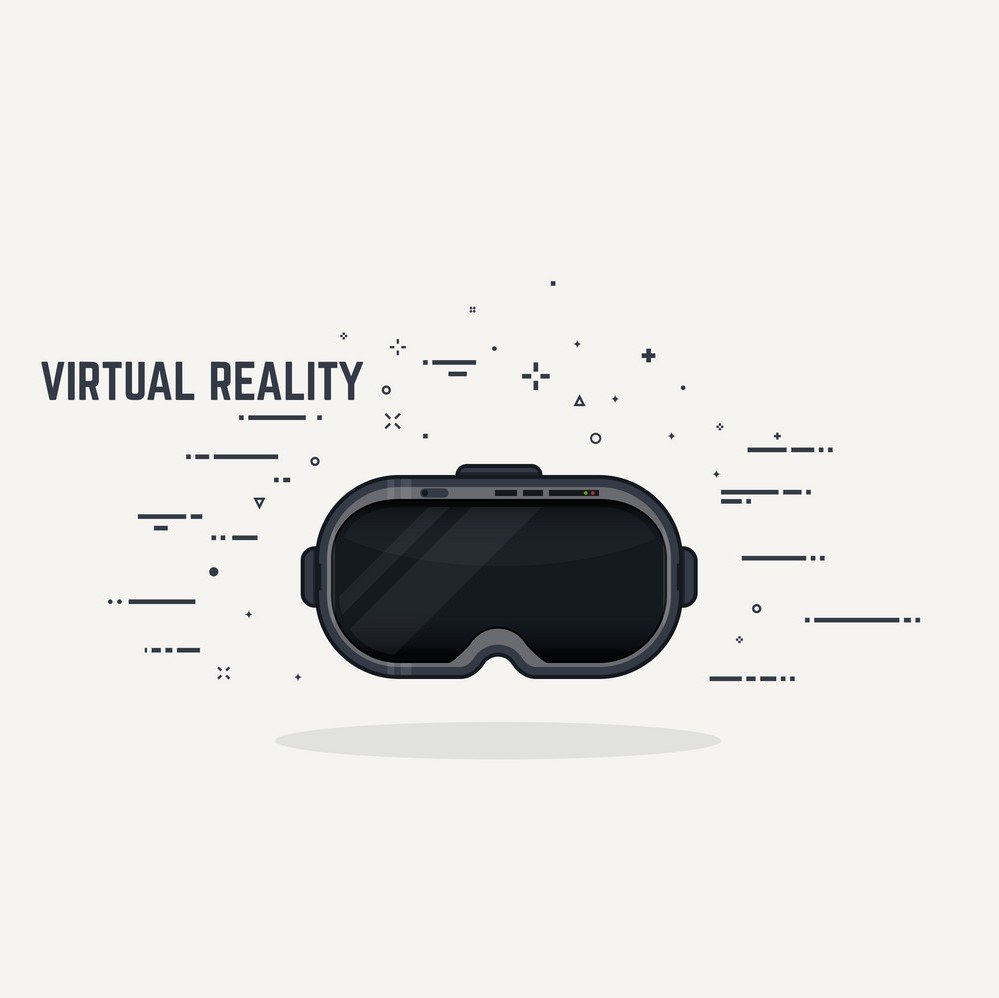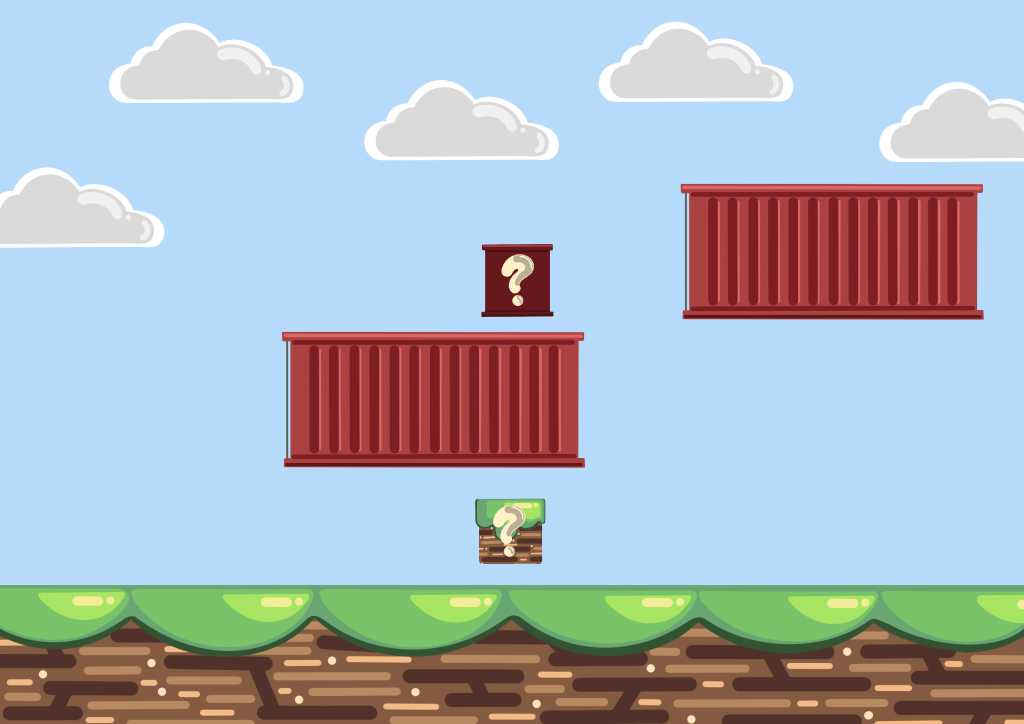Link to PDF here
My initial thought of home was a place of trust as I lived in a small space with my mother, and our actions are completely open, to the point where our private and emotional spaces are merged with each other. Thus, the space I call ‘home’ is a place where I forget all my worries and am able to be truly me. In a world where we show many sides and different personalities, a home space is where there is no judgement and one can truly express how they truly are. Of course, it differs from person to person, as their definition of the physical space of what they call home are different. Some consider their room space a home, where no one is watching them and this space is considered theirs. In my case, not only does the physical space around me defines the whole concept of ‘home’, but also the fact that I share a strong bond with my only family – my mother – that makes this space such a trusting one.
I proceeded to expand on the concept of trust to the resultant feeling of familiarity and comfort. This then helped me to structure my sketch and concept of the Calm-pen.
When I thought of comfort it brought me back to the essence of our childhood and it was probably the time when I felt most comfortable, being oblivious to the harshness of reality and its problems. With the current problems our world is facing, all we want to do is stay in the comfort of a ‘home’ and be oblivious to everything else. Therefore, I would want to make a space for adults to feel that comforting feeling again.
I also explored the concept of a transitional object – an object that helps a child progress from one stage of life to the next. It is an object that evokes a sense of familiarity to family and childhood – thus i wanted to bring back that feeling of comfort and familiarity to us adults.
Therefore, the concept of the Calm-pen was created. Inspired by the concept of a children’s playpen, I wanted to create a comfortable space for adults to lay down and reminisce about their carefree childhood days, using items, smell and sounds to trigger these core memories. The space itself is inspired by the baby’s nursery in Spirited Away (Image of nursery below).

Nursery room from Spirited Away (Studio Ghibli)
The sketch of the space is as follows:

The space I currently imagine is a dome, with dim lighting and the space littered with pillows or soft toys. A scent spray will spray out lavender or baby powder smelling scents across the space, while speakers are attached at the top, playing maybe some lullaby or white noise. The current goal of my space is to transport my participants into a temporary world free from worries and to be comfortable with elements that evoke childhood memories.
I do want to further develop this concept to add in some other complex feelings, or show the vulnerability of some ‘homes’ as compared to others. Ultimately a ‘home’ is a place of both good and bad memories.
References:







![[Sketches] – Type Bot, FollowMe Bot & Wind Bot](https://oss.adm.ntu.edu.sg/alee041/wp-content/uploads/sites/2625/2021/08/feature.png)

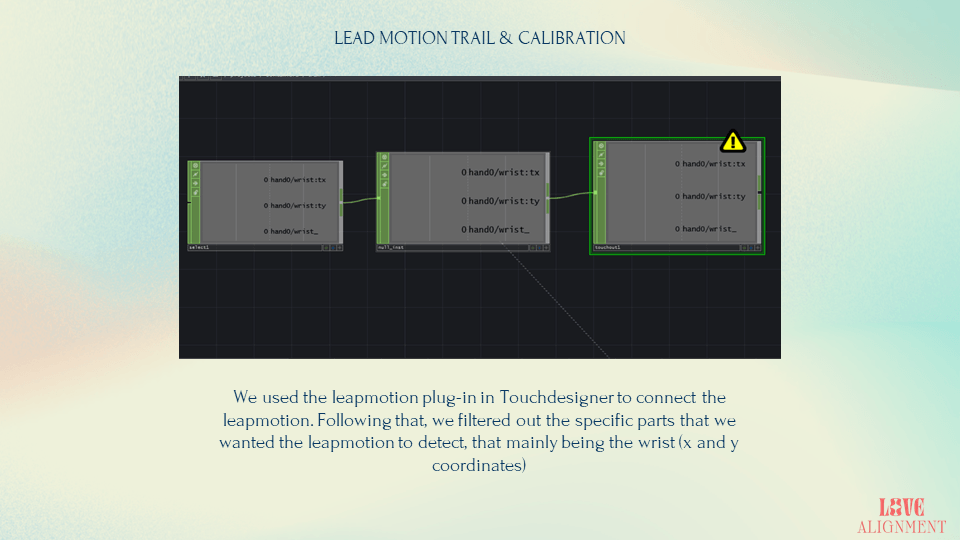
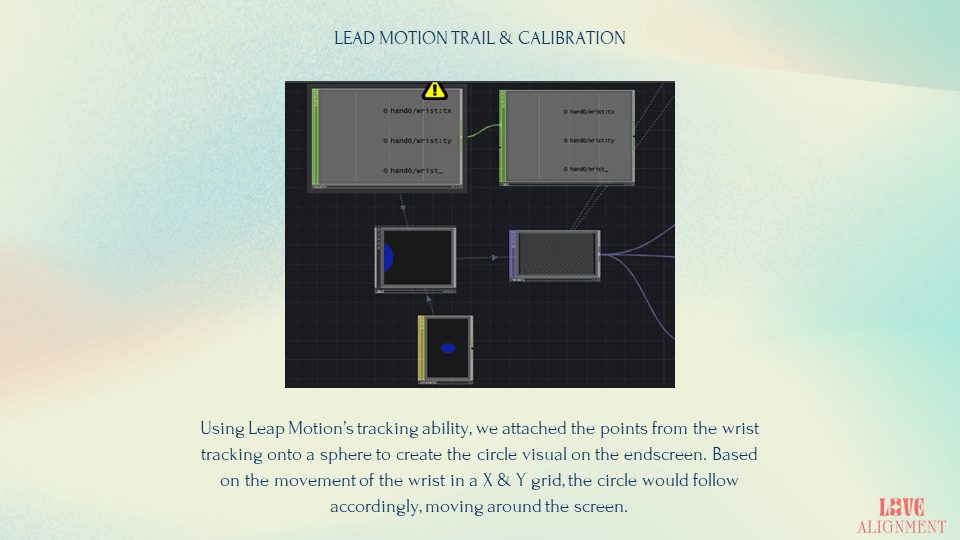

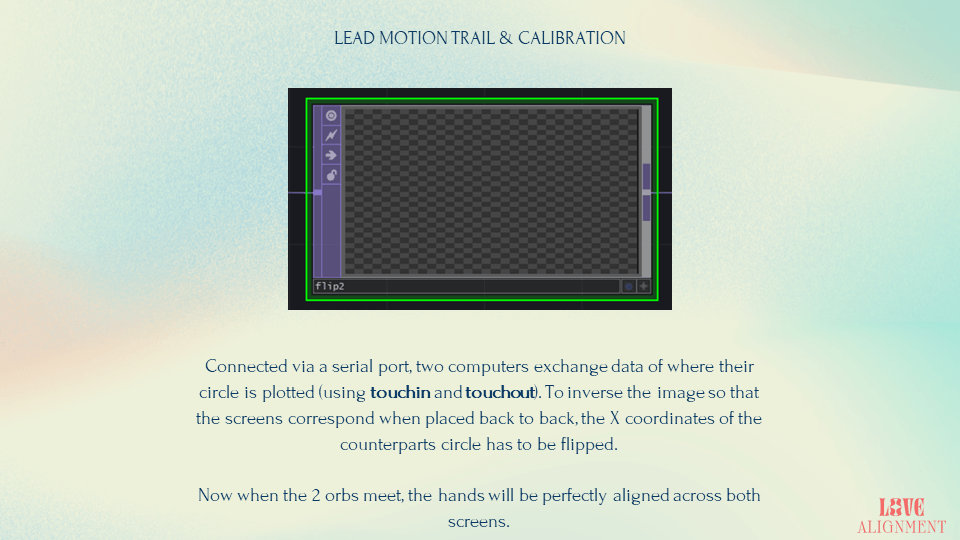
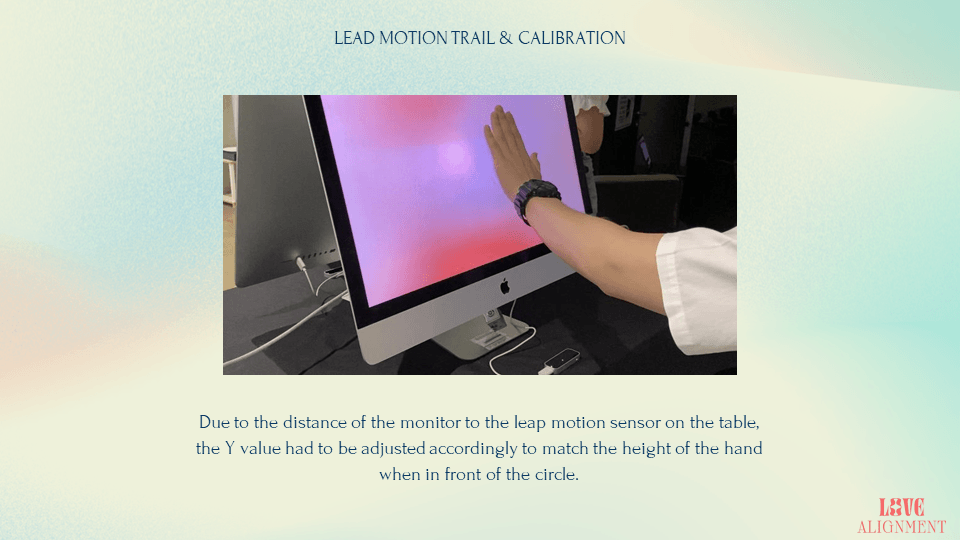
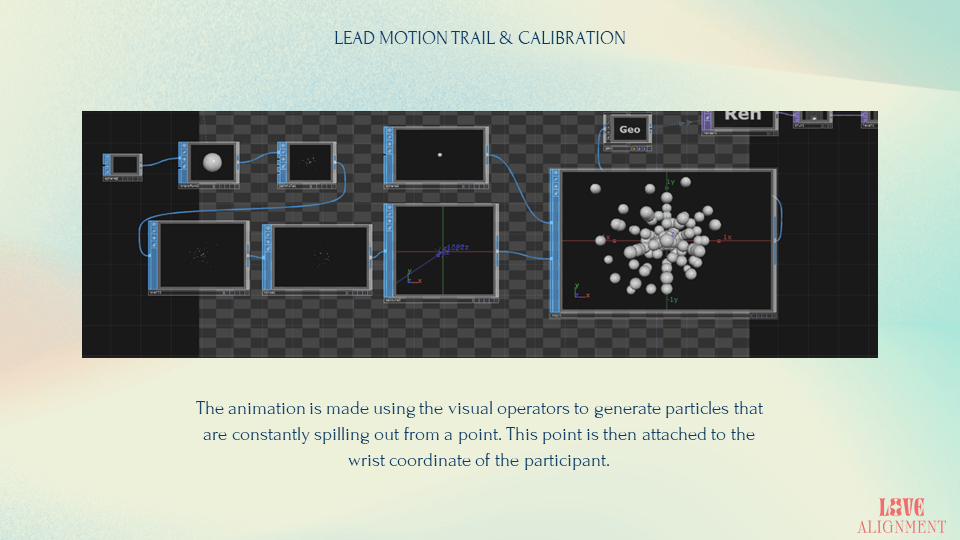
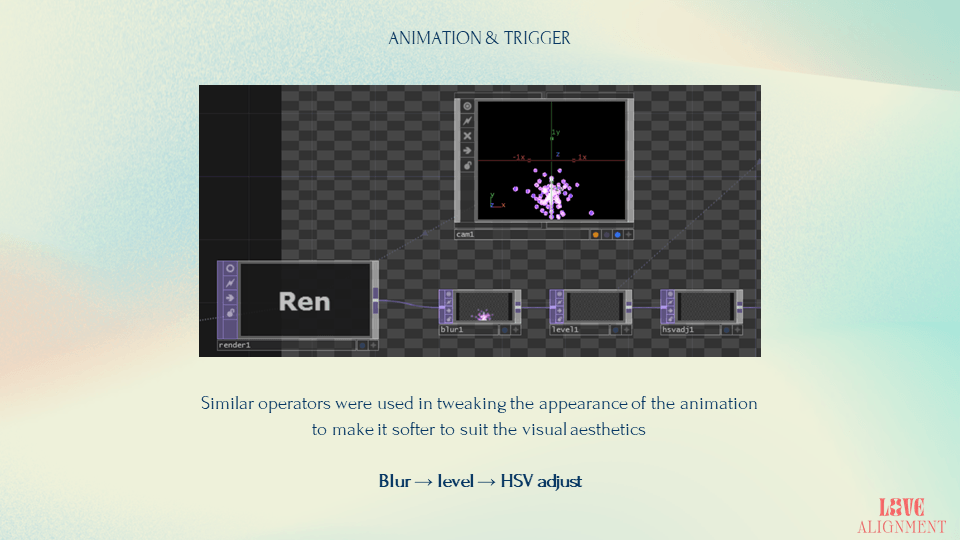
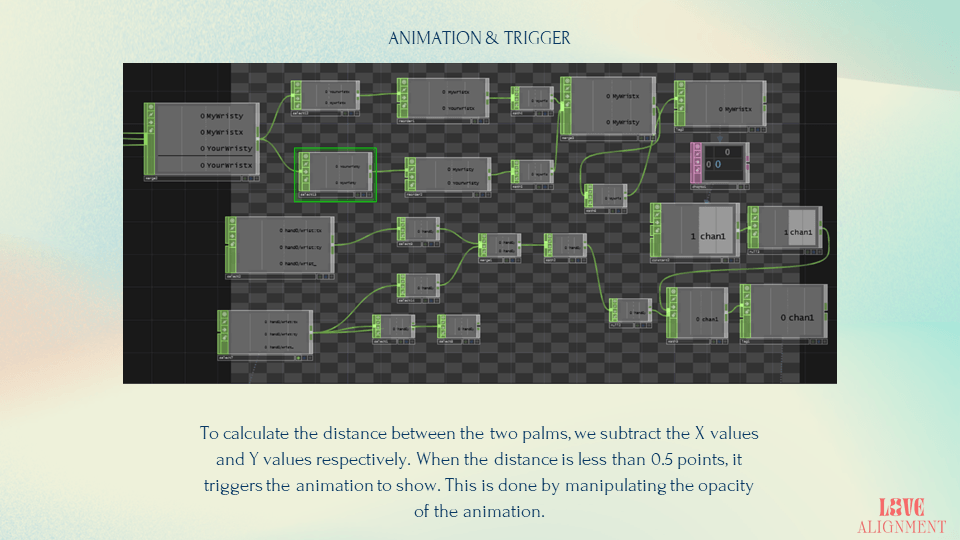

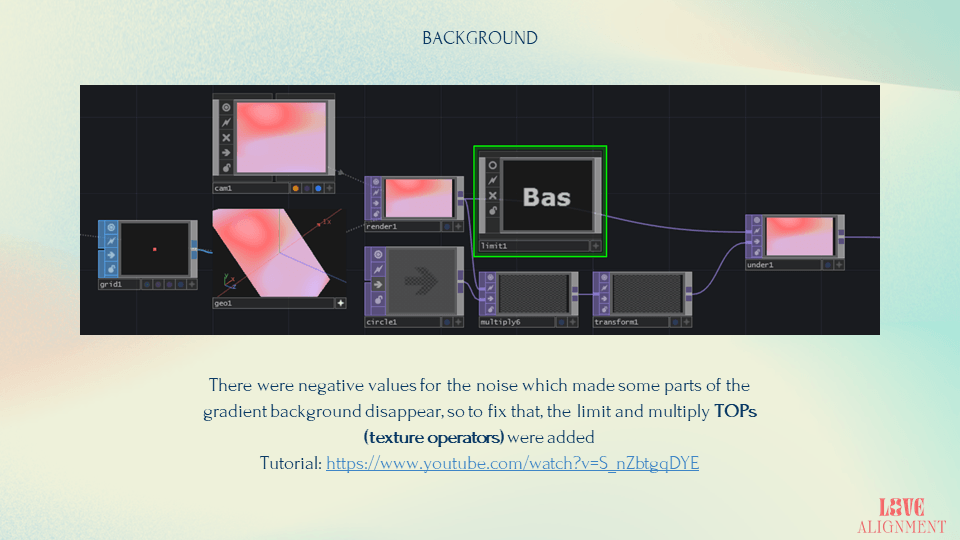
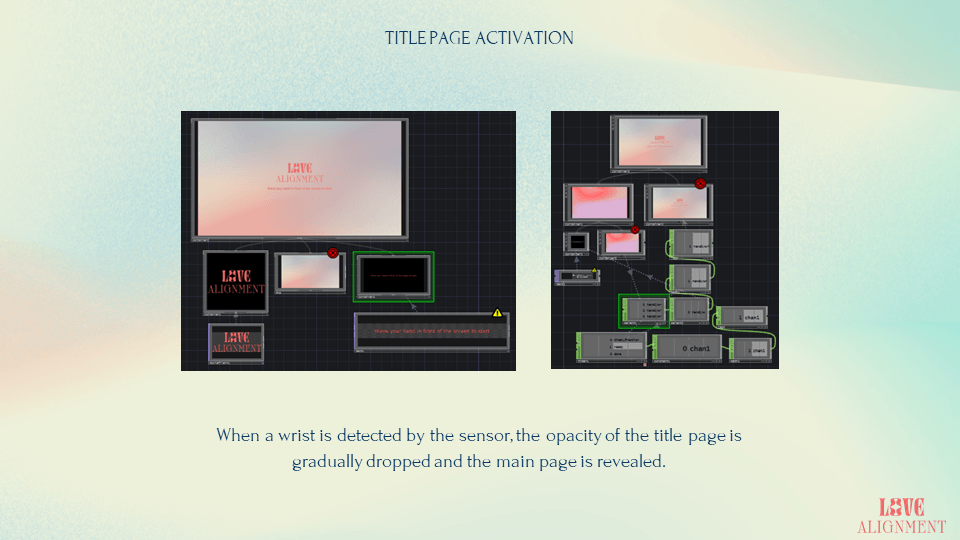
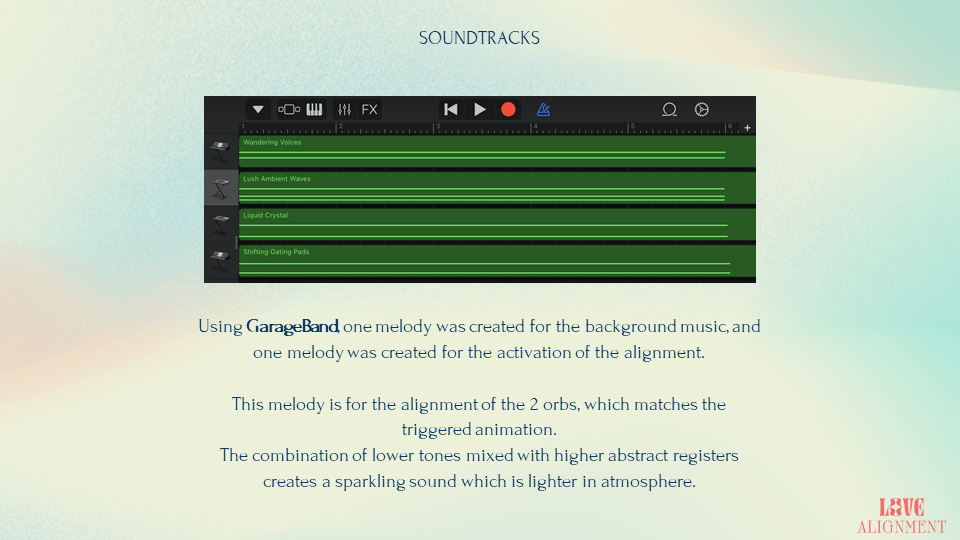
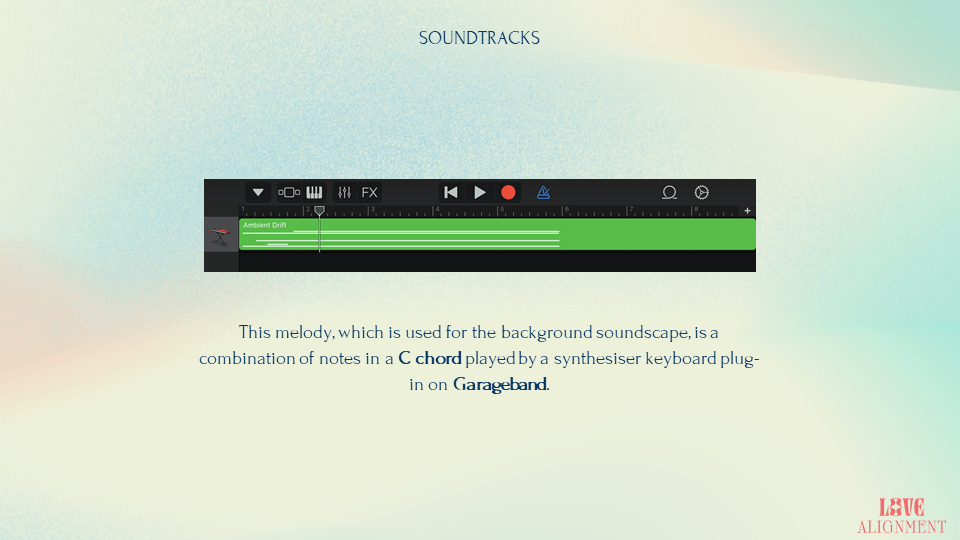
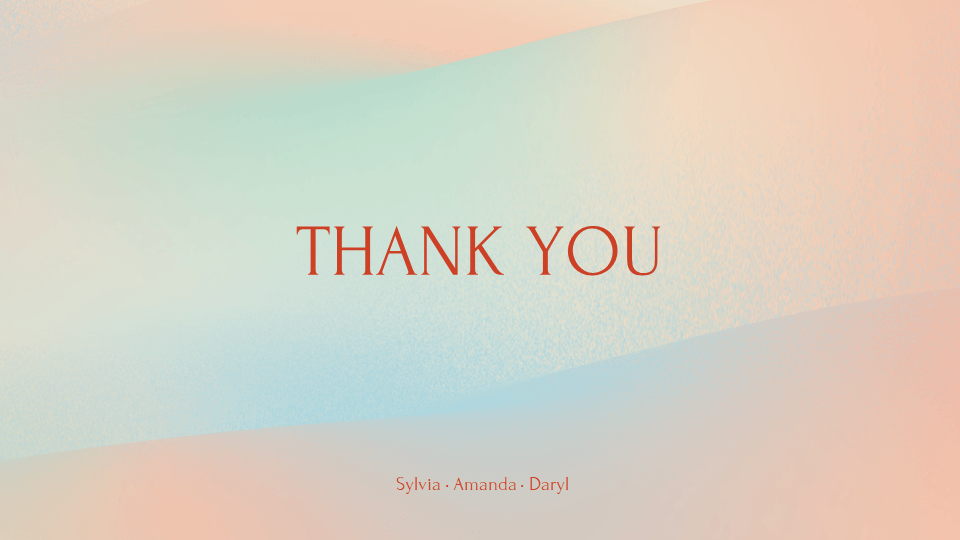















![Device of the Week [IoT]: Kuri Mobile Robot](https://oss.adm.ntu.edu.sg/alee041/wp-content/uploads/sites/2625/2020/09/Kuri-1200w.jpg.7d0f89a85645ae05a5325d6f06928c1e.jpg)




